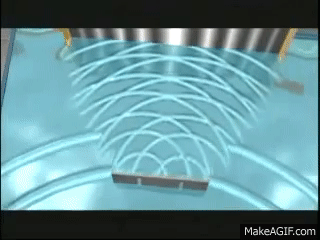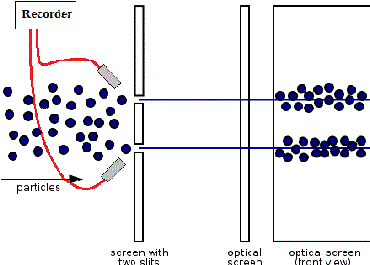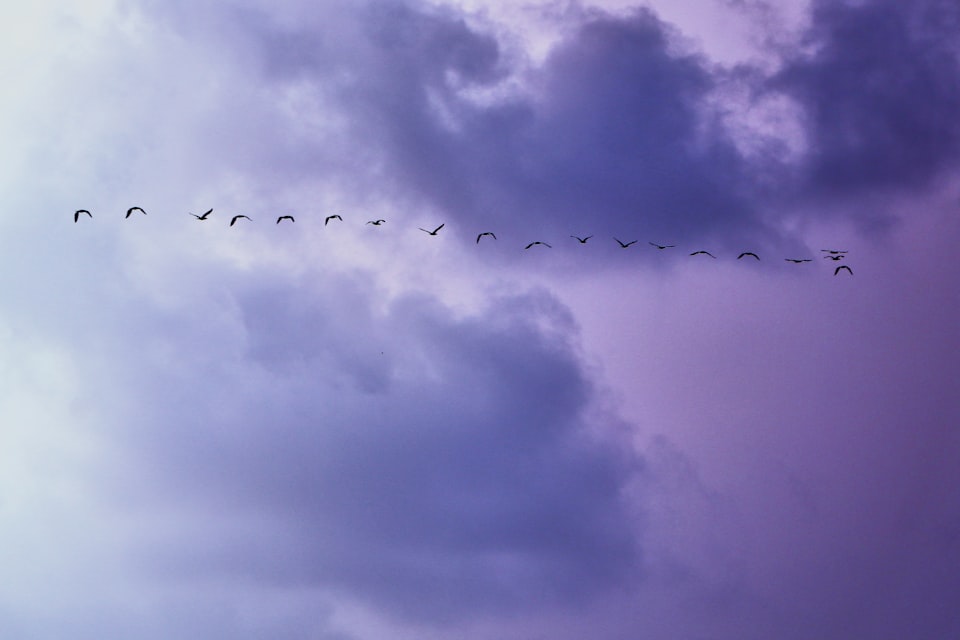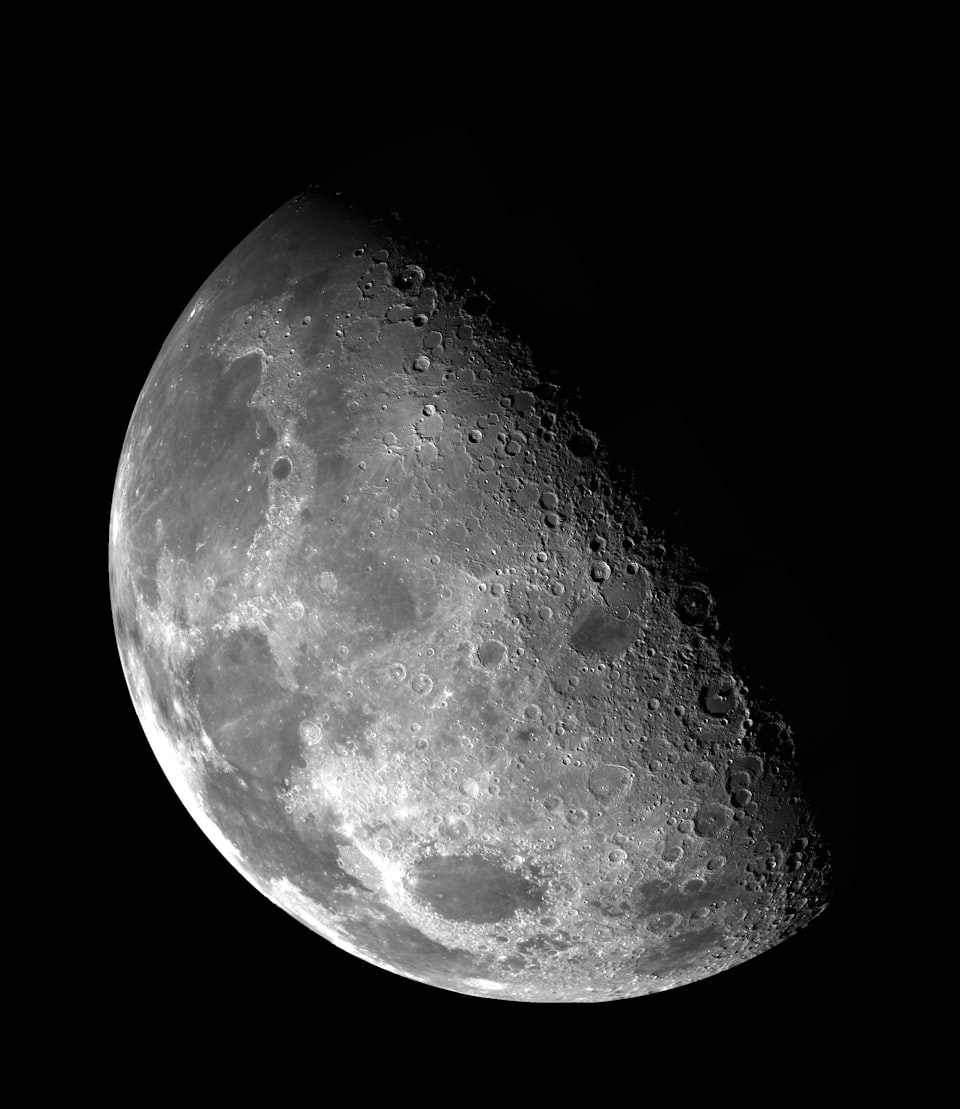The reality, as we know it, is just the current state of affairs around us — our lives, our thoughts, our worldview, our memories, this moment, the physical objects that exist in front of us, the things we see, feel, touch, and perceive. Is that all that reality is? Is there anything more to it? I'm sure I'm not the only one who has experienced this train of thought. The question of what is real and what is not, always ends in a blur in my mind.
Imagine you sit down and pick up a book. You look at the cover, you run your hands through the pages, and it has that smell of a new book. For you, the book is a range of sensory experiences - what you see, what you touch, what you smell, etc. Now when you leave the book at home and go to work, you assume that the book still has this shape, texture, and smell when you're not looking at it. This is an important assumption we make in the real world — that everything is as it is when we don't see it. All of our scientific discoveries are based on this assumption. This assumption originated in the 17th century during the scientific revolution, and it's called the mechanistic worldview.
But we cannot make the same assumptions in the quantum world. Quantum objects like electrons, photons, and neutrons don't behave the same way all the time. In the quantum realm, we are forced to adapt to a relational worldview. According to the relational worldview, the properties of a quantum object are determined through experiment — its mass, energy, etc (like the shape, smell of the book), and these properties are all there is to the object. There's no object that "has" these properties — without these properties, there is no object. In simpler terms, if the object is not observed, it doesn't exist. To explain this, I'll have to take you through an experiment.
The Double Slit Experiment
The double-slit experiment is one of the most fascinating experiments in physics, first performed by the British Polymath Thomas Young in 1802 and repeated many times by others. This experiment has baffled scientists for ages and is one of the greatest mysteries of quantum mechanics which hasn't been solved yet. It was overwhelming when I first learned about it, but stay with me. Let's get some definitions set for our better understanding and for the article to be self-contained.
Particle: A particle is a fundamental object of matter which is localized in nature. A particle has chemical and physical properties like volume, density, mass, etc. Grains of sand, electrons, photons, etc are examples of particles.
Wave: Simply put, a wave is just a transfer of energy in the form of oscillations from one place to another.
Crests and Troughs: The highs and lows of a wave respectively.

Experiment 1
Imagine two metal screens parallel to each other, the front screen has a single slit in it. The back screen is plain and sensitive to impact. If we shoot particles (thousands of grains of sand, for example) onto the first screen, some grains will go through the slit and hit the screen behind, whereas some of them hit the first screen and fall. Since the back screen is sensitive to impact, we will see a line kind of pattern where the grains have hit. When we repeat the experiment with two such slits parallel to each other on the front screen, we will see two such patterns. Refer to figure 1.

Experiment 2
Now imagine sending a wave through the same two slits. Let's consider water. Imagine sending a water wave through the two slits. The wave hits the two slits, then gets splits into two. Now the back screen will get a pattern called an interference pattern. Remember we said a wave has crests and troughs (highs and lows)? When the highs of the two waves hit each other, they add up and become bright. When the high of one wave hits the low of another wave, they cancel out each other and form nothing. The results look like this.

Experiment 3
Hoping we are clear till this point, let's move to the quantum realm. We are going to deal with fundamental particles of matter like electrons, and photons. This is where it gets weird. Imagine shooting thousands of electrons through the same two slits. As electrons are particles, we would expect the same patterns as the grains of sand as shown in Figure 1, but guess what, we don't. Instead, we get an interference pattern like Figure 2 as shown below.

How is this possible? When an electron is thrown, being a single particle, it should only pass through one slit at a time. So when we throw a bunch of electrons, they should act like grains of sand. Instead, they act like a wave, forming an interference pattern. You might be thinking that when we throw a bunch of electrons at the same time, they collide with each other and form such a pattern. The scientists who observed this thought so too.
Experiment 4
To prove the electrons wrong, they decided to shoot the electrons one by one. This is where it gets weirder. If you shoot them one by one for a long time, it's like throwing tennis balls or grains of sand one by one through either of the slits randomly. In this case, they expected the electrons to form a pattern like Figure-1. Instead, they found the interference pattern again like in Figures 2 and 3. How's this even possible? When thrown one by one, it should travel through either of the slits and hit the screen one by one. Instead, it looks as if every electron split, passed through the two slits, interfered with itself, and formed a pattern. Refer to the picture below from an actual experiment.

This demonstrates the duality of matter. Electrons have the properties of a particle and each electron is indeed a particle, but also behaves as a wave. As a concept, there are essentially two realities co-existing at this point — an electron is a particle and also a wave at the same time. The two states are in "superposition" with each other. This happens for all fundamental particles of matter like electrons, neutrons, photons, etc. For example, light is also a wave and has specific wavelengths for different colors, but it's also made up of particles called photons.
Experiment 5
We're not done yet. It gets weirder. This dual nature of matter baffled scientists. Which one is real? They wanted to test this further. They decided to monitor each electron as they threw it through the slit one by one by placing a measurement device at the slits. You might guess, that we already did this experiment and observed the results in Figure 4. The only difference is that now there's a measurement device at the slits. This is essentially like an observer seeing what's happening without disturbing the experiment. Guess what? The electrons behaved as if they were conscious of the observer, and formed a pattern like grains of sand as shown in Figure 1. Figure 5 visualizes this.

The mere act of observing collapses both the realities into one and in the end we can only observe one, depending on where we observe. If we observe at the slit, they act as particles (Figure 5), while if we observe at the end, they act as a wave (Figure 3). In other words, a given electron doesn't exist in "real" while traveling unless it is observed in either place. While traveling, it is in a state called superposition, where it's both a wave and a particle. This brings me to another thought experiment.
Schrodinger's Cat
Schrodinger's Cat is a thought experiment used to demonstrate the quantum superposition of different states of an object. Imagine a cat, a can of poison, and a radioactive source are placed inside a sealed box in a way that if the radioactive atom decays, it will break the can and kill the cat.

Let's state the "reality" from an observer's point of the view outside the box.
- The state of the cat depends on the state of the radioactive source. So the cat's life and the radioactive source are in a state of quantum entanglement.
- We have no idea what's happening inside the box. So, according to the observer from outside, the cat is both alive and dead at the same time.
- The "alive" and "dead" states of the cat are in superposition with each other.
- When we open the box, we collapse the realities into one and observe the cat as either alive or dead, not both alive and dead.
If you look closely, the quantum system in this thought experiment is similar to the electrons in the double-slit experiment. The cat is both alive and dead until it is observed, as the electron was both a particle and a wave until it was observed. Remember, light also behaves this way. And light, as you know, pretty much governs our world at this point. Everything we see and observe is through light. Our most important laws of physics include light and its properties.
Every single thing in the world and space is made of atoms, ions, electrons, neutrons, neutrinos, and other fundamental objects. When these objects don't "exist" when we don't observe, how does a book exist when we are not seeing it? What guarantees that a mountain exists when we are not seeing it? This raises the question of what reality is. Do multiple realities co-exist before we observe (experience) one of them? How many such realities are there? Are we deciding our reality just by experiencing it? Is there a way we could choose our reality? I have more questions than answers now, and this is just the tip of the iceberg.
This question is still haunting the Quantum Physics community, and there is so much more to this than I have explained. All of these problems have been written down mathematically, and research has been going on forever. Let's trust the experts to do the work, while we keep wondering about things like this. Until we have an answer, the reality is what we experience as thoughts, memories, feelings, and visions. Let's choose our reality wisely. Thanks for reading. Peace out!
References:
I'm still learning a lot about this, and here are my references for writing this post. If any information is misinterpreted in my post, please feel free to contact me and I'd be happy to learn and correct it.
- Double-slit Experiment
- Physics in a minute: The Double-slit Experiment.
- The Original Double Slit Experiment.
- Double Slit Experiment explained! By Jim Al-Khalili.
- Dr. Quantum – Double Slit Experiment.
- What Does the New Double-Slit Experiment Actually Show?
- The Double-Slit Experiment Cracked Reality Wide Open.
- The Double-slit Experiment: Is light a wave or a particle?
- Schrodinger's cat – Wikipedia.
- Quantum Superposition – Wikipedia.
- A century of quantum mechanics questions the fundamental nature of reality.
- IN QUANTUM PHYSICS, “REALITY” REALLY IS WHAT WE CHOOSE TO OBSERVE.
- Is reality a game of quantum mirrors? A new theory suggests it might be.
- What Does Quantum Theory Actually Tell Us about Reality?
- Quantum physics: Our study suggests objective reality doesn't exist.



